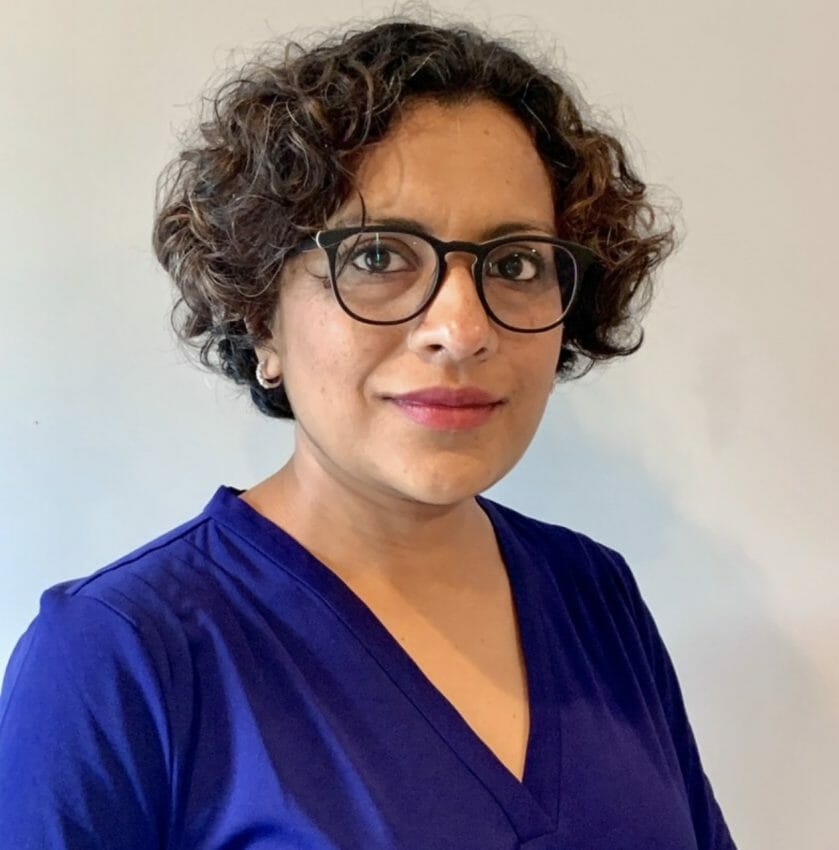Approximately 1 in 3, or more than 100 million, American adults have high blood pressure. Managing this is one of the top priorities for patients. Many hospitals and medical practices are looking for new ways to accurately calculate their patient’s blood pressure.
Tracking Blood Pressure Accurately, From the Comfort of a Patient’s Home
Brookhaven Heart & MD365, a cardiology practice in Patchogue, New York, treats over 10,000 patients, many of whom need to monitor their blood pressure on a regular basis. However, like other cardiology practices, they found patient readings inconsistent, which made it difficult to accurately track metrics and recommend treatment plans. That number can fluctuate dramatically depending on how many of those patients’ blood pressure readings are accurate. When a patient enters a doctor’s office, factors such as medical anxiety, rushing to get to an appointment, and even consuming too much caffeine can lead to inaccurate readings.
“We needed a solution that would offer accurate blood pressure readings and integrate seamlessly with our EHR system,” said Dr. Satheesh Joseph, founder and CEO, Brookhaven Heart & MD365. “While some solutions address the in-office experience, new solutions, like healow® Remote Patient Monitoring (RPM) module, focus on providing care in the comfort of a patient’s home. This solution allows us to purchase our preferred blood pressure cuffs and ship them out to patients. Then, patients can monitor their own vitals from home. With minimal additional costs, we’re already seeing more accurate readings.”
With so many patients already leveraging smartwatches and other devices to proactively monitor their health, practices can implement tools that mimic that convenience. The tools can then transfer the data electronically with minimal disruption to the patient and provider experience. Specifically, healow RPM is data-driven, user-friendly and intuitive, which helps providers gain deeper insight and improve documentation to accelerate patient outcomes. The module is seamlessly integrated within the eClinicalWorks EHR and collects physiological data from over 40 tracking devices. Letting the software do the heavy lifting means that providers can go back to focusing on their patients, helping promote better medical decisions and superior outcomes.
More Consistent Readings for Better Patient Planning and Outcomes
Providers can use an RPM solution to get regular readings from patients while minimizing patients’ anxiety with going to the doctor, by giving them the opportunity to monitor their blood pressure from home. Combined with telemedicine, cardiology providers can conduct most routine visits and occasional check-ins without even calling the patient into the practice. Additionally, The American College of Cardiology and American Heart Association recommends that as many as 104 million Americans should routinely use a blood pressure machine at home to provide backup for—or a contrast with—the results from their visit to the doctor’s office.
When patients take their blood pressure in the comfort of their own homes, providers can receive the data electronically and discuss the results with their patients in real-time. The provider can be more confident knowing that the results are accurate to inform the best plan of action, and address a patient’s needs. As nearly 84 million individuals worldwide receive incorrect hypertension classification, it’s important for doctors to receive accurate information from the beginning. As Dr. Joseph explained, “Only about a quarter of patients’ high blood pressure is treated, with the rest uncontrolled. Out of 120 million patients, there’s a lot of opportunity out there for better care.”
A Win-Win for Patients and Providers
Patients expect convenience in their healthcare experience. 40-60% of consumers are interested in trying a broader set of virtual health solutions, such as a “digital front door” or lower-cost virtual-first health plan. Blood pressure readings are an easy first step for practices to offer a virtual solution. They provide greater flexibility for the patient and more accurate results for the provider.
Elizabeth Horan, a patient at Brookhaven Heart & MD365, said, “Since I’ve been taking my own blood pressure at home, I feel more reassured with the medicine. With this option, I brought my blood pressure down to perfect. It’s very thrilling for me because it’s always a concern for me.” Allowing patients to take their blood pressure readings at home is a win-win, resulting in better outcomes for patients.
Editor’s Note: Rakhee Langer leads the business development of patient engagement products under healow. The patient engagement solutions she directly oversees include the healow app, online scheduling through healow open access, and remote medicine. With an overall app user count approaching 18 million users, healow is a strategic initiative of eClinicalWorks. Rakhee is responsible for the product roadmap, the business development, implementation and support for the healow products. She is directly involved in defining the strategy, the business goals and the execution of the business plans.
Prior to leading business development for healow, she led a team of project managers for implementation of the eClinicalWorks EHR/PM solutions and large and medium size practices. Rakhee holds a master’s degree in biomedical engineering from the University of Texas at Arlington.
